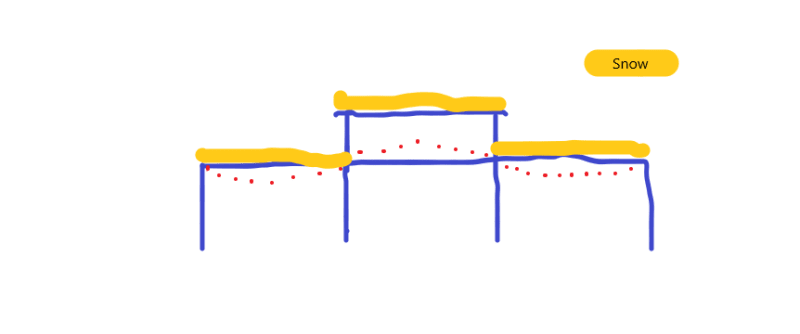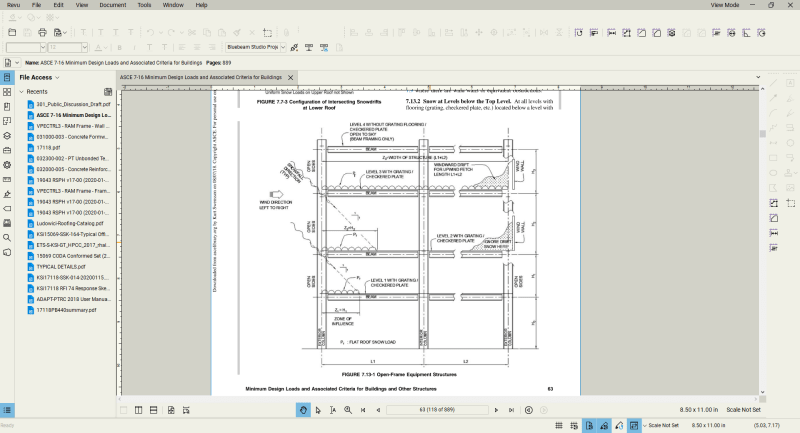Good afternoon all,
I was having a debate in the office this week regarding snow loading on bar grating. I have looked far and wide and I am unable to find a specific resource for anything conclusive.
This is a large equipment platform with bar grating on top of a roof that is supported off of the building columns. It is generally our understanding that we have to specify the bar grating and design the beams that support the grating for the full snow load. We are also designing the roof framing for a full snow load.
The debate however is whether or not it is required to consider the full snow load on both the bar grating and the roof below at the same time when designing items such as the columns, footings, or determining total roof loads used for story drifts.
Any thoughts on this? Thank you in advance.
I was having a debate in the office this week regarding snow loading on bar grating. I have looked far and wide and I am unable to find a specific resource for anything conclusive.
This is a large equipment platform with bar grating on top of a roof that is supported off of the building columns. It is generally our understanding that we have to specify the bar grating and design the beams that support the grating for the full snow load. We are also designing the roof framing for a full snow load.
The debate however is whether or not it is required to consider the full snow load on both the bar grating and the roof below at the same time when designing items such as the columns, footings, or determining total roof loads used for story drifts.
Any thoughts on this? Thank you in advance.


